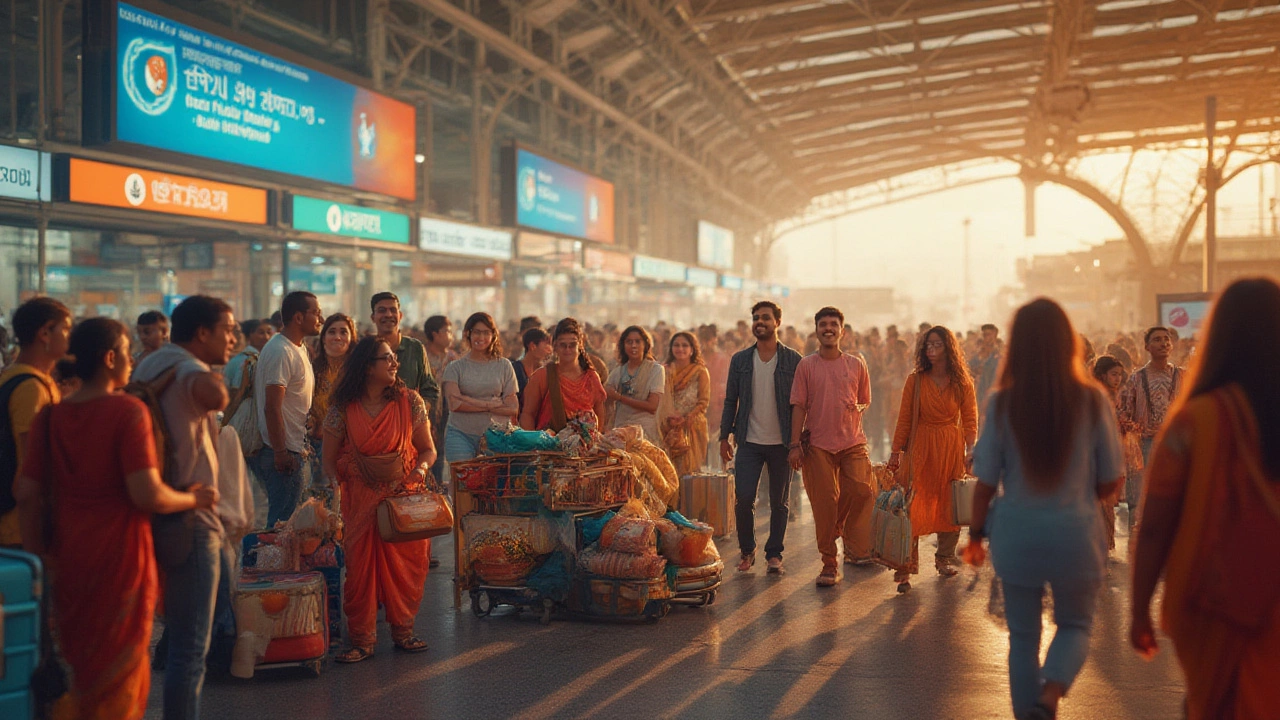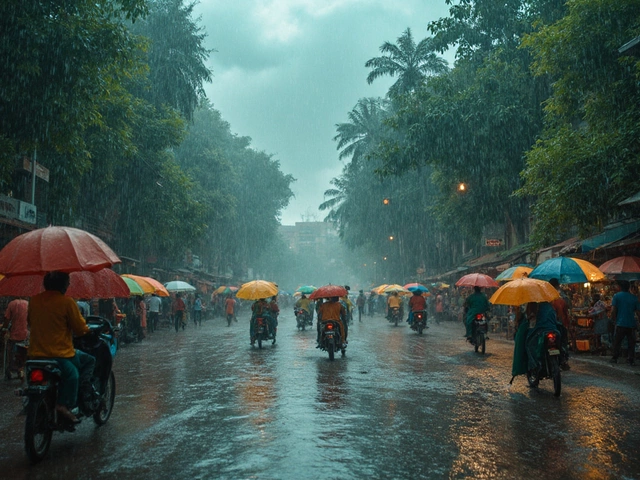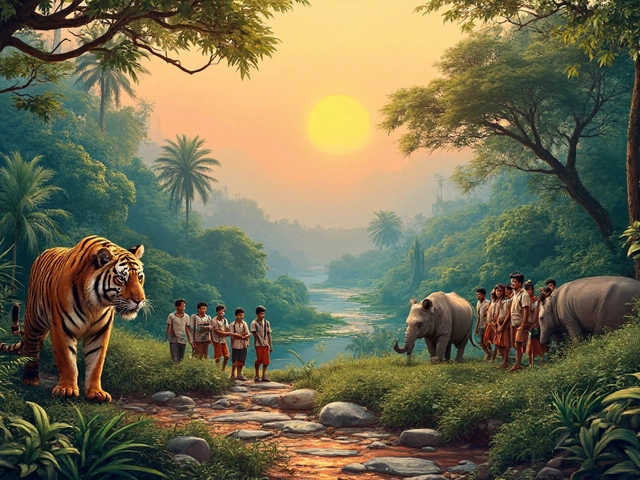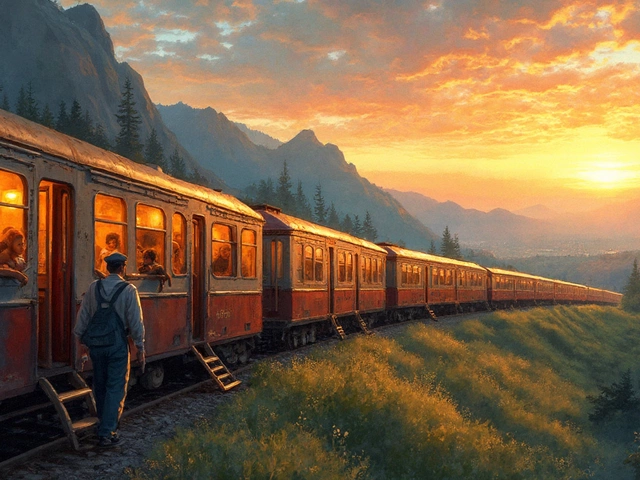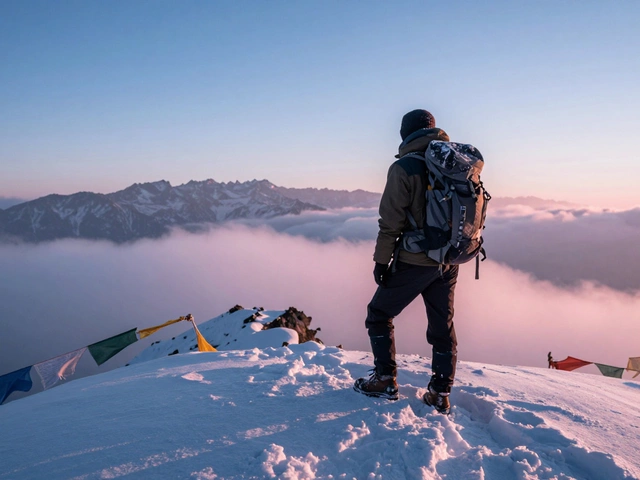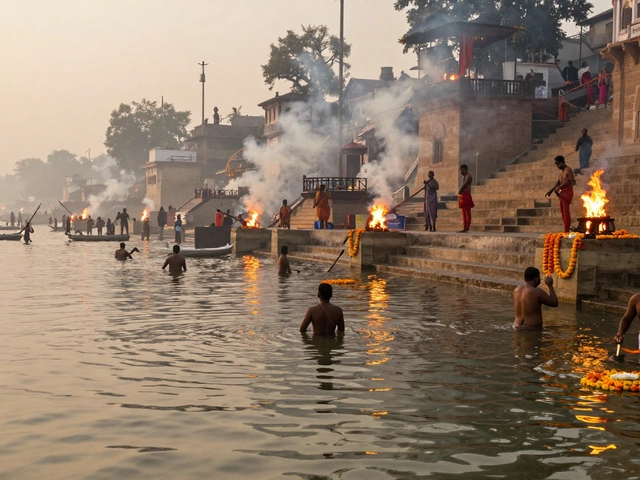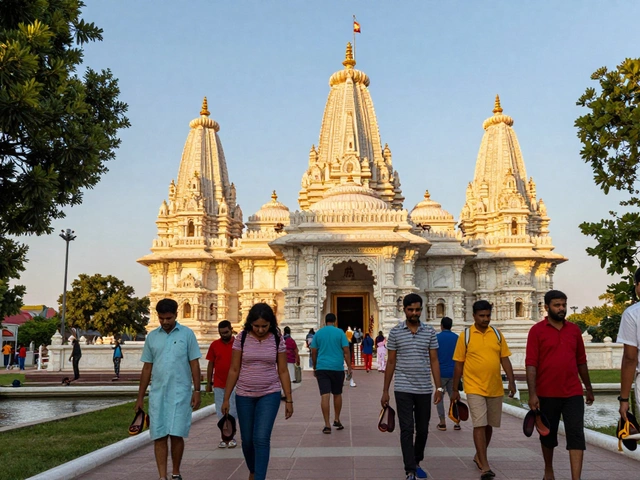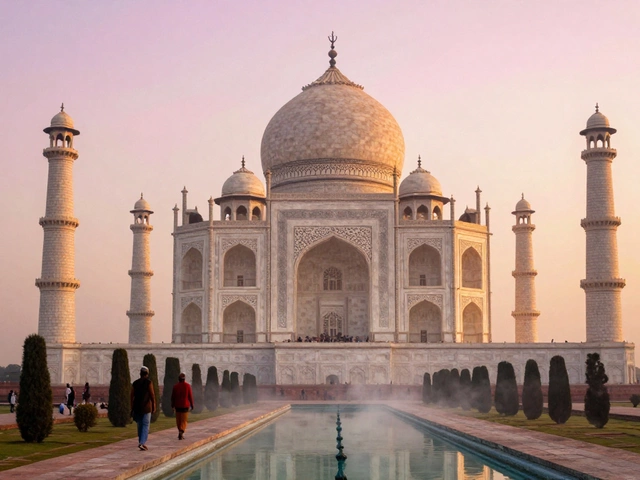Picture this: sunrise over the Ganges, chai stalls waking up, and markets buzzing long before your alarm rings. But among the crowd, you might spot crisp khaki shorts, cameras dangling, and wide grins—a mix of accents from all corners of the globe. India’s huge and crazy patchwork of cultures has always lured the world, but who actually tops the list year after year? The answer may surprise you, and the reasons make for an even juicier story than a Bollywood plot.
Who Tops the Charts? The Surprising Leaderboard of Foreign Tourists
If you guessed Americans or Australians, think again—the British don’t take the crown either. According to the Ministry of Tourism’s official data for 2024, it’s the Bangladeshi nationals who visit India the most by a huge margin. Sounds odd? Not really when you dive into the details. Proximity, strong family ties, easy visa processes, and medical travel all play a role. Here’s a quick look at the latest numbers:
| Country | Number of Arrivals (2024) | % of Total Foreign Arrivals |
|---|---|---|
| Bangladesh | 1,813,000 | 22.5% |
| United States | 1,160,000 | 14.4% |
| United Kingdom | 978,000 | 12.1% |
| Australia | 444,000 | 5.5% |
| Canada | 382,000 | 4.7% |
The dominance of Bangladeshi visitors often gets overlooked in glossy travel magazines. Many come for medical reasons—India’s hospitals, especially in Delhi, Chennai, and Kolkata, have made medical visas super accessible. Others visit for business or simply to reconnect with relatives across the border. It’s a different kind of tourism story, mixing heart and healing with the spice and bustle of India’s big cities.
Western visitors are up there too, especially Americans, Britons, Australians, and Canadians. If you stroll through Jaipur’s Amber Fort or soak in the sun in Goa, those foreign accents swirling around you are likely from these countries. But by pure numbers alone, they’re still trailing the wave of Bangladeshi arrivals.
Why do Americans, Britons, and Aussies keep coming back? Love for Indian cuisine, history, yoga retreats, and spiritual hotspots all pull them in. There’s also a growing community of digital nomads parking their laptops in Indian coffee shops. Adventurers and peace-seekers alike are drawn here for the possibility of reinvention—and it’s not just a cliché. India offers desert camping, Himalayan trekking, and city nightlife packed into one crazy, colorful ride.
Why India Attracts the Masses: Unraveling the Magic
So, what keeps India at the top of bucket lists everywhere? It’s not just the Taj Mahal or the mystical ghats of Varanasi—though let’s be real, those alone could fill passport pages. For some visitors, the history grabs them by the hand. Delhi and Agra alone pack more centuries into a kilometer than some entire continents. For others, the wild mix of landscapes—beaches in Goa, tea gardens in Darjeeling, backwaters in Kerala—make each trip a brand-new adventure.
The food deserves its own headline. Even skeptics end up Instagramming bowls of masala chai, samosas, and eight different mango varieties. Each region has its own culinary twist; you could spend months and barely repeat a meal twice.
Spirituality is another big magnet. From yoga teacher trainings in Rishikesh to meditation choices in Dharamshala, there are slabs of India that cater almost entirely to foreigners seeking some kind of inner peace. It's a little cliché, but there’s truth to the stereotype—no country combines color, chaos, calm, and wisdom in quite this way.
Then there’s medical tourism, which has exploded. Compared to Western hospitals, treatment in India can cost one-tenth the price. That’s especially attractive to visitors from neighboring Bangladesh, Nepal, and even parts of Africa and the Middle East. India’s hospitals have tie-ups with travel operators who handhold medical tourists from touchdown to takeoff.
Visa reforms have played their part, too. Over 170 countries get the e-Visa option—fill an online form, get your approval in days, and breeze through immigration. Hot tip for travelers: always double-check your visa type, and remember that rules for entry can change fast—especially in a post-pandemic world.
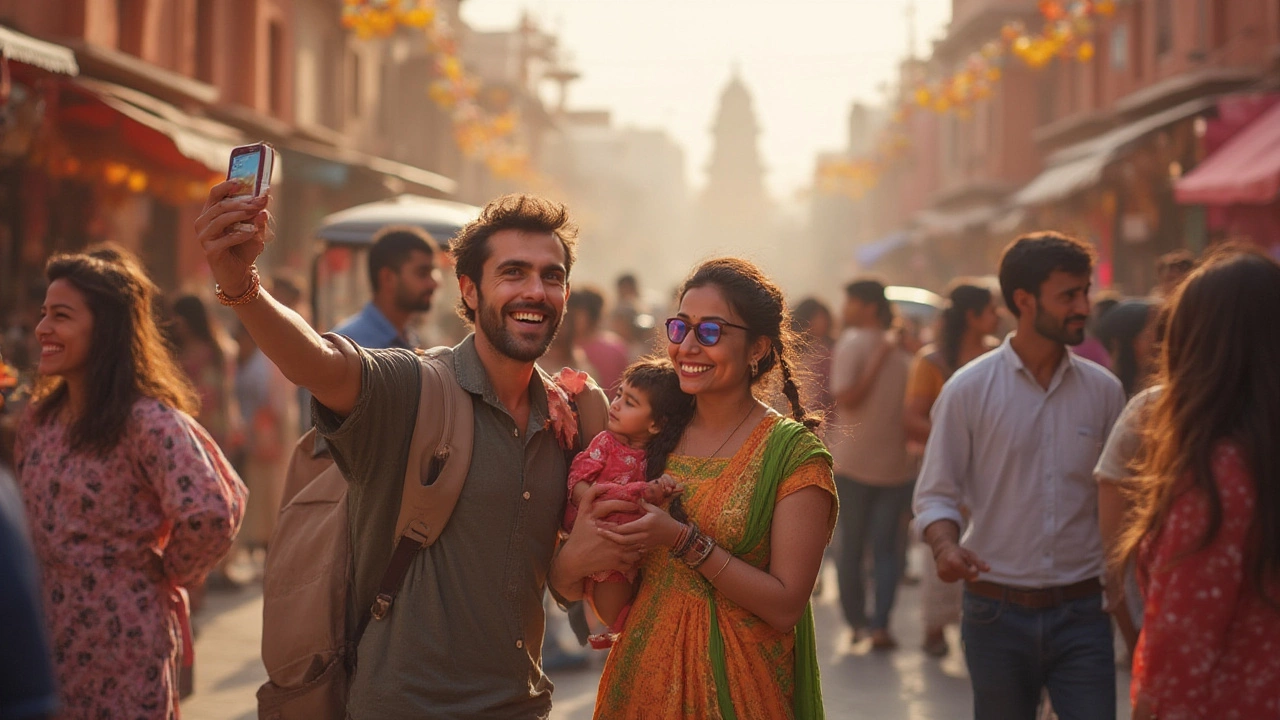
Trends Shaping India's International Tourism in 2025
The pandemic upended how the world travels. For a while, India—like everywhere—saw plummeting arrivals. But those numbers have rebounded strong since 2023. In fact, current trends show India is inching back towards its pre-pandemic glory and then some, with forecasts for 2025 looking even rosier.
Here's a cool stat: By late 2024, foreign tourist arrivals had already crossed 8.1 million, more than doubling from the low points of 2021. Outbound group tours from the US, UK, and Australia are growing, with eco-tourism and luxury train journeys picking up big time.
Medical travel is rising fastest, and Indian hospitals are catering to international patients like never before, with translators, airport pickups, and customized packages. Beach tourism is hot too—Goa, Kerala, and the Andamans see busy seasons stretching longer every year. And let’s not forget spiritual retreats, which book out months in advance.
New infrastructure is making a difference. Bullet trains, upgraded airports, and new highways connect classic sights and hidden gems alike. Budget-conscious travelers are choosing “off-the-beaten path” destinations—think rural Rajasthan, untouched Meghalaya, or laid-back Pondicherry—over the old favorites.
Social media keeps fanning the flames. TikTok and Instagram are packed with reels showing India’s Holi festival, tiger safaris, and street food tours. For travel planners, influencer-led itineraries have become the new guidebooks.
Here are a few of the biggest travel trends for foreign tourists in India in 2025:
- Eco-friendly tourism—plastic bans in national parks, reusable water stations, and sustainable hotel options.
- Solo female travel is surging, with extra safety measures and women-only group tours.
- Train journeys offer luxury with a side of old-world charm; think Maharajas’ Express and Deccan Odyssey.
- Heritage homestays—many visitors prefer a night in a centuries-old haveli to a chain hotel.
- Workcations: Digital nomads are choosing Indian hillside towns and beaches for long stays.
Hotspots and Hidden Gems: Where Do Tourists Go?
You can probably guess some favorites. Delhi, Agra, and Jaipur—often called the “Golden Triangle”—pull in swarms of international travelers every season. Mumbai, with its Bollywood glitz and street food, comes next. Goa’s palm-lined beaches and party scene are legendary, while Kerala’s houseboat cruises draw crowds year after year.
But there’s more than just the big hitters these days. Rishikesh and Varanasi have become hotspots for yoga and spirituality hunters. The Himalayas pull seekers and trekkers alike—Ladakh in summer, Himachal Pradesh for those wanting a quieter mountain scene, and Sikkim for the adventurers who crave something different.
Southern India sees its share too. Pondicherry’s French vibes, Tamil Nadu’s temple trails, and Karnataka’s Hampi ruins are now must-dos on many travel lists. For wildlife fans, Ranthambore, Kaziranga, and Jim Corbett are solid bets for tiger and elephant sightings.
2025’s game changers? Offbeat gems. Travelers are skipping the obvious to find unspoiled beaches in Odisha, the rich tea and tribal cultures of Assam, and mysterious caves in Meghalaya. If you want something completely different, the Rann of Kutch’s salt flats host a white desert festival—camels, folk dancers, and neon lights on endless white sand.
Here’s a handy table that shows where most international tourists actually spend their time in India, based on recent tourism surveys:
| Top Destinations | % of Foreign Tourist Visits |
|---|---|
| Delhi-Agra-Jaipur (Golden Triangle) | 40% |
| Mumbai & Maharashtra | 12% |
| Goa | 11% |
| Kerala | 9% |
| Himalayan States | 8% |
| Other states (Pondicherry, Odisha, Northeast, etc.) | 20% |
If you want travel bragging rights, skip a selfie at the Taj and go stargazing in Spiti, or sign up for a local street food crawl in Lucknow. The more you wander, the wilder it gets.
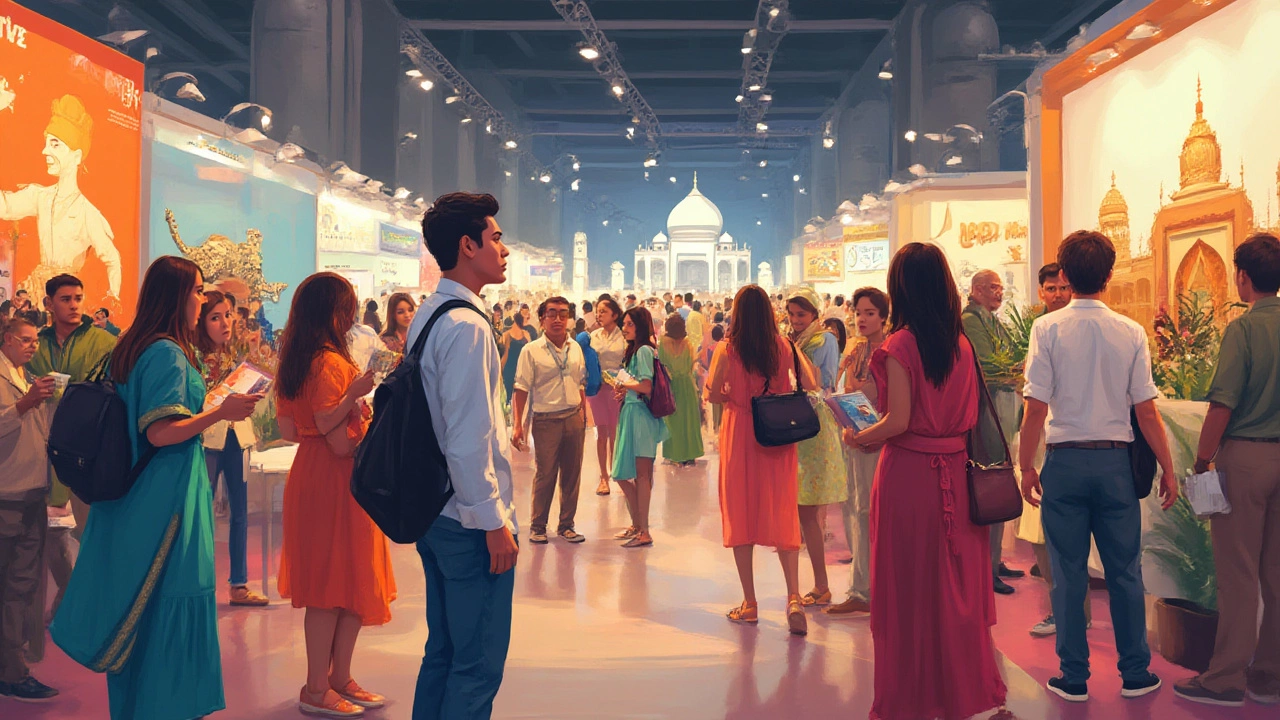
Practical Travel Tips for First-Timers and Repeat Visitors
India loves her guests, but she has her quirks. Don’t let the crowds and chaos throw you. Fast track your trip with these survival tips, tested by legions of savvy backpackers and business travelers:
- Visa tricks: Start with the e-Visa—it’s quick, online, and covers most purposes (tourist, business, medical). Double-check how many entries you get. If you’re planning to hop over to Nepal or Sri Lanka and return, pick a multiple-entry visa.
- Weather timing: North India is dreamy from October to March—cool, bright, and festive. Goa and Kerala rule the winter. If you hate heat, skip April-June. Monsoons (July-September) make for wild photos but be ready for downpours and washed-out roads.
- Stay flexible: Trains often run late, festivals shut down roads, and cows have right of way. Have a rough plan, not a tight schedule.
- Plug in: Indian power plugs are different. Bring a universal adapter—it’ll save your phone and sanity.
- Sim card hacks: Get an Indian SIM at the airport or any major phone shop. You’ll need a passport copy and a local address (hotel details work).
- Bargain with a smile: In markets, haggling is the rule, not the exception. Ask politely, counter-offer, and keep it fun.
- Dress smart: Ditch the daisy dukes for temples and rural areas. Loose, light fabrics win. Shoes come off inside homes and many shrines—easy slip-ons work best.
- Food safety: Street food is awesome but start slow. Stick to busy stalls, order cooked-to-order, and always sip bottled or filtered water.
- Solo safety: Big cities are generally okay, but don’t flash cash or valuables. Women travelers should look for women’s cabs, hotel floors, or trusted group tours for peace of mind.
- Money matters: Cash is still king in many spots, but UPI apps like Google Pay and Paytm are everywhere now. ATMs are common in cities.
- Transport hacks: Prepaid taxis from airports, and Ola/Uber in cities are safer bets. For trains, book early—India’s railway surprises never end.
- Medical: Pharmacies are easy to find, and big cities have clinics with English-speaking doctors. Travel insurance saves the day if things go south.
One last thing: patience is your best travel tool. India rewards the curious, the wide-eyed, and those who keep their cool. Ask questions, stay humble, and—trust me—India will surprise you in the weirdest and most wonderful ways.
